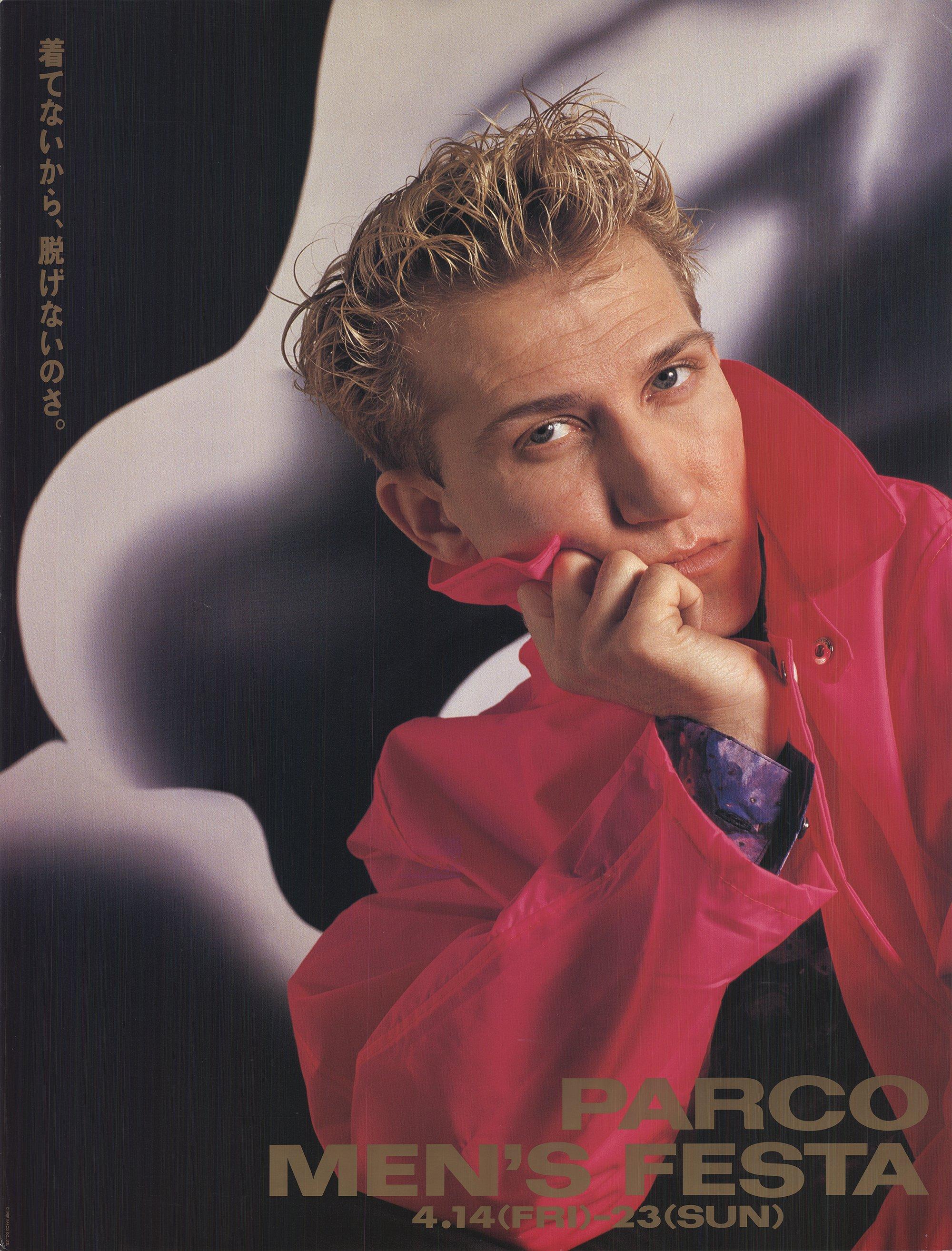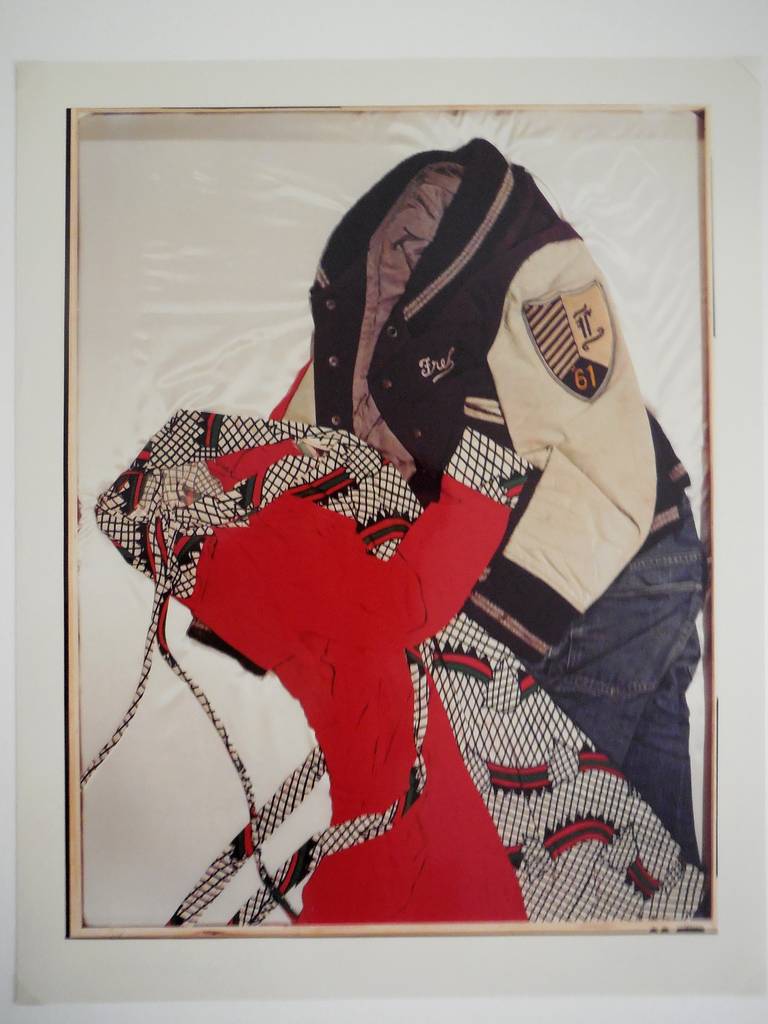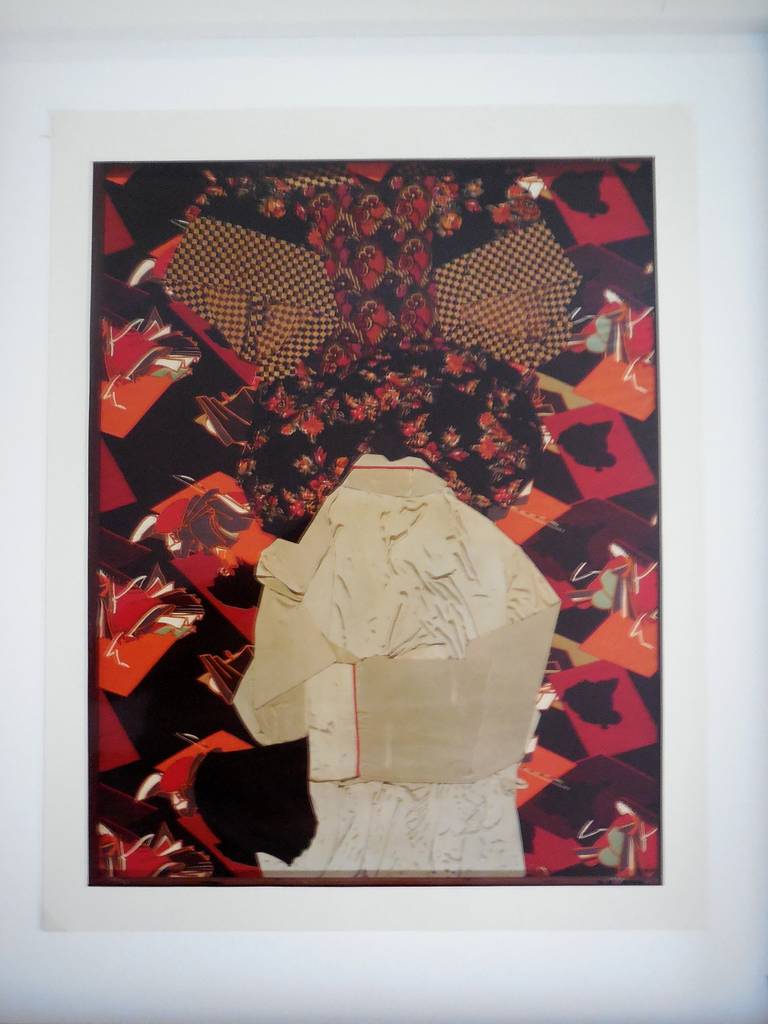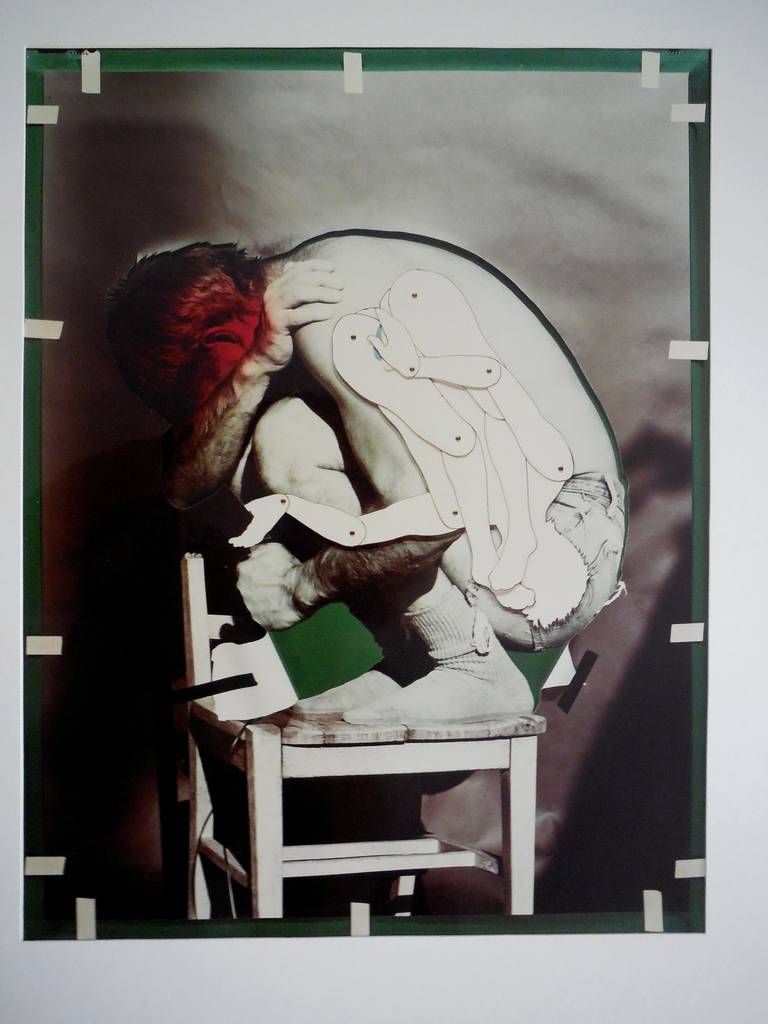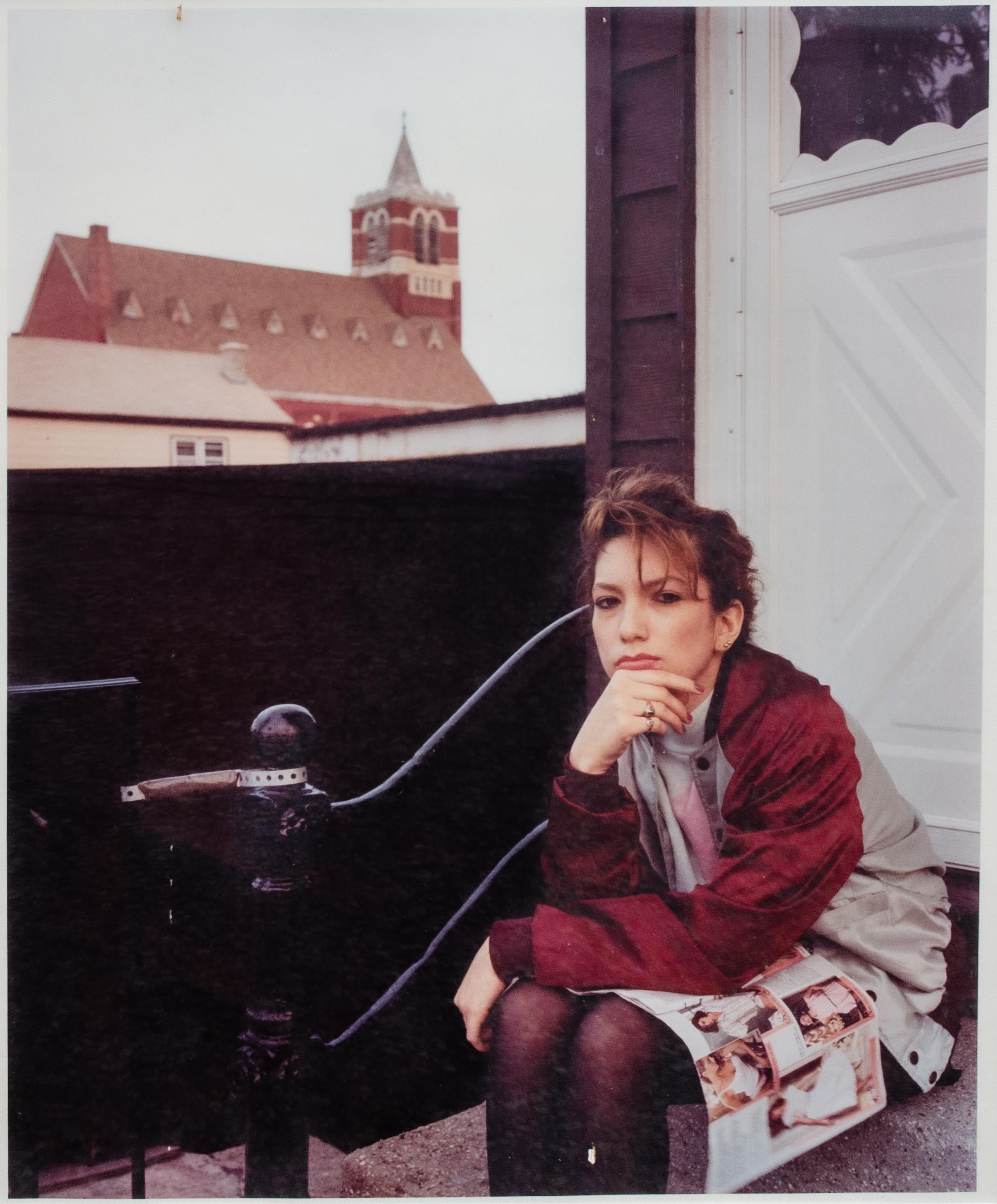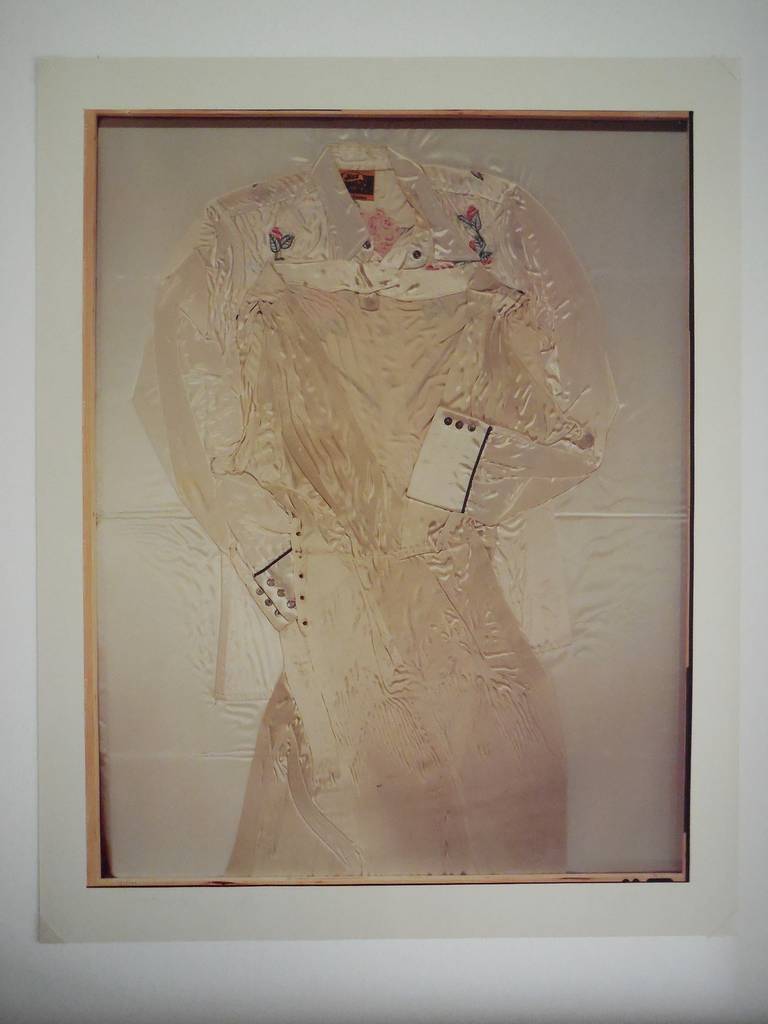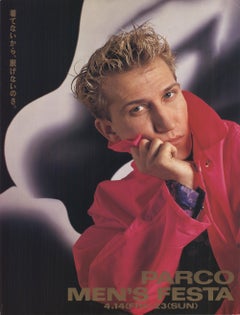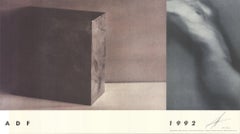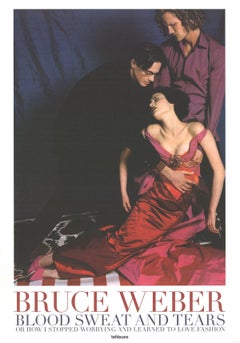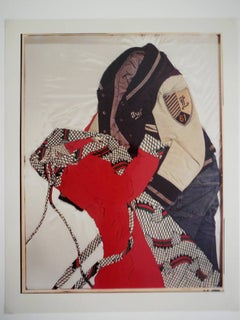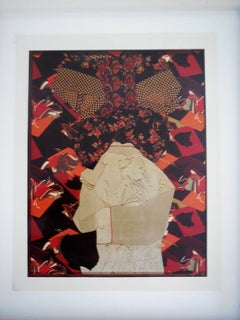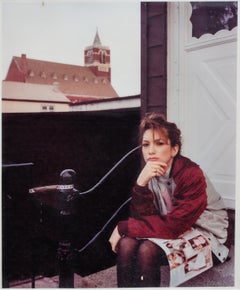Items Similar to 1989 Unknown 'Parco Department Stores' Photography Japan Offset Lithograph
Want more images or videos?
Request additional images or videos from the seller
1 of 4
Unknown1989 Unknown 'Parco Department Stores' Photography Japan Offset Lithograph1989
1989
$60
$15060% Off
£45.78
£114.4560% Off
€52.12
€130.2960% Off
CA$84.33
CA$210.8360% Off
A$92.70
A$231.7560% Off
CHF 48.67
CHF 121.6760% Off
MX$1,102.27
MX$2,755.6760% Off
NOK 625
NOK 1,562.4960% Off
SEK 569.30
SEK 1,423.2660% Off
DKK 389.38
DKK 973.4660% Off
About the Item
Paper Size: 40.5 x 28.5 inches ( 102.87 x 72.39 cm )
Image Size: 40.5 x 28.5 inches ( 102.87 x 72.39 cm )
Framed: No
Condition: B-: Good Condition, Signs of Handling and Age
Additional Details: Poster created for a men's fashion show. First edition, published by PARCO CO. LTD., TOKYO. Printed in JAPAN.
Shipping and Handling: We ship Worldwide. For Domestic and International shipments alike, we use heavy, thick-walled UPS and FedEx Approved shipping tubes to ship all items that are rollable. For items that cannot be rolled, we pack the item flat.
Attention International Buyers, Please Note: Import duties, taxes, and charges are not included in the item price or shipping cost. These charges are the buyer's responsibility. Please check with your country's customs office to determine what these additional costs will be prior to bidding or buying.
About the Seller
4.9
Platinum Seller
Premium sellers with a 4.7+ rating and 24-hour response times
Established in 1992
1stDibs seller since 2019
2,766 sales on 1stDibs
Typical response time: 1 hour
- ShippingRetrieving quote...Shipping from: Brooklyn, NY
- Return Policy
More From This Seller
View AllParco Men's Festa Exhibition Photography Japan
Located in Brooklyn, NY
This striking first edition poster was created to promote the Parco Men's Festa, a prominent men's fashion show organized by PARCO CO. LTD. in Tokyo. The Japanese fashion house, know...
Category
1980s Contemporary Prints and Multiples
Materials
Offset
$60 Sale Price
60% Off
Sheila & Jeffrey Metzner 'American Dance Festival 1992' HAND SIGNED
Located in Brooklyn, NY
Original poster created for the American Dance Festival in 1992, designed by Sheila and Jeff Metzner. Hand-signed and numbered in black pen from the limited edition of 150. Printed b...
Category
1990s American Modern Prints and Multiples
Materials
Offset
'Commemorative #15' 1986- Serigraph
By Patrick Nagel
Located in Brooklyn, NY
Patrick Nagel's Commemorative Poster Series is a collection of fifteen iconic posters, numbered NC01 to NC15, created over a span of four years. These works perfectly capture the sle...
Category
1980s Contemporary Portrait Prints
Materials
Screen
1995 After Bruce Weber 'On the set' Photography Red, Multicolor
By Bruce Weber
Located in Brooklyn, NY
Paper Size: 39.5 x 27.5 inches ( 100.33 x 69.85 cm )
Image Size: 31.75 x 24 inches ( 80.645 x 60.96 cm )
Framed: No
Condition: A: Mint
Additional Details: First edition Poster ...
Category
1990s Prints and Multiples
Materials
Offset
$60 Sale Price
20% Off
1990 Crash 'Paris Review' Urban Art Multicolor USA Serigraph
Located in Brooklyn, NY
In 1990, renowned graffiti artist John "Crash" Matos created a limited edition serigraph titled "Paris Review." This piece measures 30 x 22 inches and was printed on high-quality BFK...
Category
1990s Prints and Multiples
Materials
Screen
$720 Sale Price
20% Off
Lucas Samaras 'Polaroid Photographs 1969-1983' 1984
By Lucas Samaras
Located in Brooklyn, NY
Poster for the exhibition Polaroid Photographs 1969–1983 by Lucas Samaras, held at the International Center of Photography, New York, in 1984. Published in conjunction with the show,...
Category
1980s Prints and Multiples
Materials
Offset
You May Also Like
Rare Harry Bowers Vintage C Print Photograph From Ten Photographs Fashion Photo
By Harry Bowers
Located in Surfside, FL
HARRY BOWERS
T E N P H O T O G R A P H S
I DON'T LOOK FOR PHOTOGRAPHS I INVENT THEM
I recall my first meeting with Harry Bowers in California a few years ago. As he produc...
Category
1980s Photography
Materials
Photographic Paper
Rare Harry Bowers Vintage C Print Photograph From Ten Photographs Fashion Shot
By Harry Bowers
Located in Surfside, FL
HARRY BOWERS
T E N P H O T O G R A P H S
I DON'T LOOK FOR PHOTOGRAPHS I INVENT THEM
I recall my first meeting with Harry Bowers in California a few years ago. As he produc...
Category
1980s 85 New Wave Photography
Materials
C Print
Rare Harry Bowers Vintage C Print Photograph From Ten Photographs Fashion Photo
By Harry Bowers
Located in Surfside, FL
HARRY BOWERS
T E N P H O T O G R A P H S
I DON'T LOOK FOR PHOTOGRAPHS I INVENT THEM
I recall my first meeting with Harry Bowers in California a few years ago. As he produc...
Category
1980s Photography
Materials
Photographic Paper
1988 Paul D'Amato Fashion Photo Print
Located in New York, NY
Paul D'Amato (American, b. 1956)
Girl with Lingerie Catalogue, 1988
Color photo print
Sight: 18 1/4 x 15 in.
Framed: 28 x 25 x 1 3/8 in.
Provenance:
The Artis...
Category
1980s Contemporary Portrait Photography
Materials
Color
Rare Large Harry Bowers Vintage C Print Photograph Ten Photographs Fashion Photo
By Harry Bowers
Located in Surfside, FL
HARRY BOWERS
T E N P H O T O G R A P H S
I DON'T LOOK FOR PHOTOGRAPHS I INVENT THEM
I recall my first meeting with Harry Bowers in California a few years ago. As he produc...
Category
1980s Photography
Materials
Photographic Paper
Large Harry Bowers Vintage C Print Photograph From Ten Photographs Fashion Photo
By Harry Bowers
Located in Surfside, FL
HARRY BOWERS
T E N P H O T O G R A P H S
I DON'T LOOK FOR PHOTOGRAPHS I INVENT THEM
I recall my first meeting with Harry Bowers in California a few years ago. As he produc...
Category
1980s American Modern Photography
Materials
Photographic Paper, C Print
More Ways To Browse
Japanese Print 1980
Original Cezanne
Original Coach Poster
Piano Poster
R C Gorman Lithograph
Rio Vintage Poster
Robert Graves
Robert Indiana Love Screenprint
Roy Lichtenstein Girl
Shepard Fairey We The Future
Stafford Gallery
Starry Starry Night Vintage
The Antique Print Shop
The Eavesdropper
Tintin Prints
Vintage Greek Posters
Vintage Original Posters Normandy
Vintage Posters Chicago
